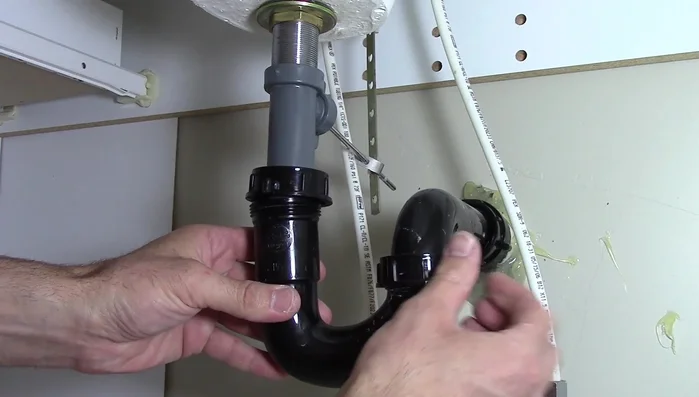A clogged sink drain is a frustratingly common household problem, often met with a panicked grab for harsh chemical drain cleaners. These products, while effective in the short term, can damage your pipes, harm the environment, and even pose a health risk. Fortunately, there are several effective and eco-friendly DIY methods for tackling stubborn clogs, allowing you to restore your sink's functionality without resorting to potentially damaging chemicals. These methods often utilize readily available household items, making them both convenient and cost-effective.
This guide provides a practical, step-by-step approach to clearing your clogged sink drain using simple, safe techniques. We'll explore several effective strategies, from the simple boiling water method to more involved solutions using readily accessible tools, empowering you to tackle this common plumbing problem with confidence and ease. Ready to get started? Let's dive into the detailed process.
Preparation and Safety Guidelines
- N/A
- Always disconnect the power to your garbage disposal (if applicable) before starting any work to prevent electric shock.
- Wear protective gloves to avoid contact with bacteria and potentially harmful substances in the drain.
- If you are uncomfortable performing any of these steps, or if the clog persists after trying these methods, contact a licensed plumber.
Step-by-Step Instructions
Prepare the area
- Place a bucket under the sink to catch water.

Prepare the area Remove the P-trap and Pop-up Assembly
- Unscrew the P-trap (the curved pipe under the sink).
- Remove the nut connecting to the pivot rod (the mechanism for the sink stopper).
- Pull out the pivot rod and pop-up stopper.



Remove the P-trap and Pop-up Assembly Clean the Drain
- Clean the hair and debris from the pop-up and drain opening using a toothbrush or other suitable tool.
- If necessary, remove the pivot rod by pinching the spring clip to clean it.
- Clean the hole where the pivot rod goes with a paper towel.



Clean the Drain Reassemble the Pop-up Assembly
- Loosely reattach the pivot rod.
- Put the pop-up back into the sink and insert the rod into the hole, making sure it's aligned correctly.
- Test the pop-up mechanism.
- Tighten the pivot rod.




Reassemble the Pop-up Assembly Reinstall the P-trap
- Reinstall the p-trap, ensuring the connections are tight.

Reinstall the P-trap Test the Drain
- Test the drain.

Test the Drain
Read more: Fixing a Leaky Toilet Tank: A Step-by-Step Guide
Tips
- Wear gloves to avoid contact with dirty debris.
- Tighten the p-trap connections after the pipes are properly aligned.












